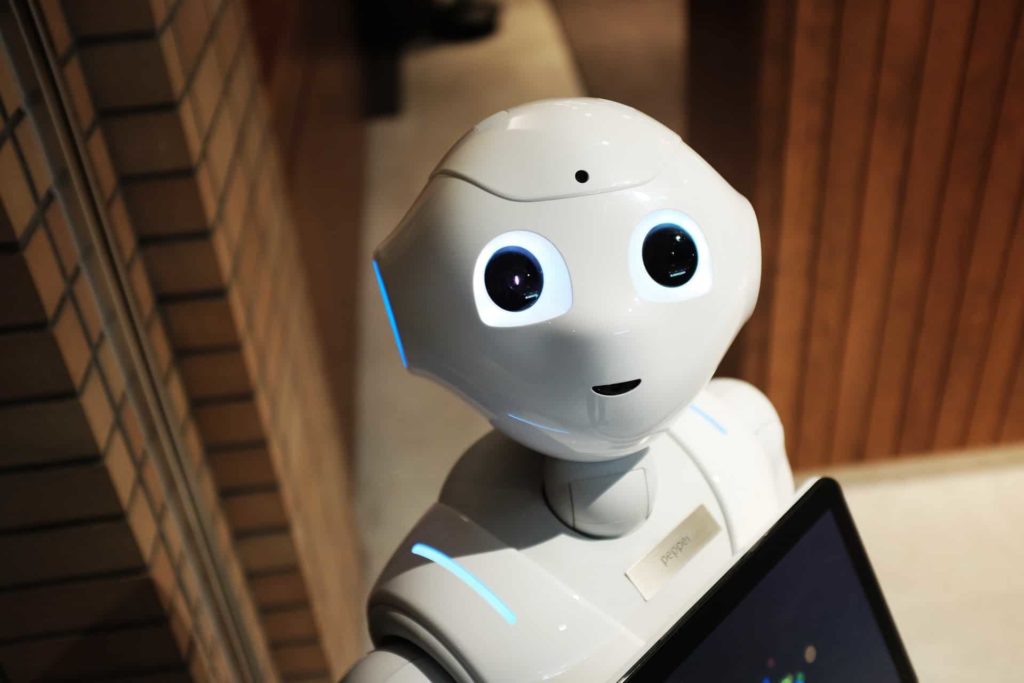For those that may not know, I’d like to give an incredibly quick and dirty outline of how most breakthrough AI programs go about being developed and eventually become superhuman.
In the beginning AI programmers usually try and take whatever rough data points they can get their hands on and create a very rudimentary AI that gets at least some results correct. Normally the accuracy is dismal and might be in the 10% to 40% range even after years of intense hard work. This accuracy reading means that for every 10 questions you ask the AI, it may get 1-4 of them actually correct.
After more years of hard work, tuning and collaboration with other scientists and programmers throughout the world, usually this accuracy rating will have increased to somewhere between 40-90%. At this point the AI algorithm can for the most part do whatever the task is relatively well.
While you’ll be able to demonstrate it’s rough usefulness to people in many scenarios, it’s not yet usually at the accuracy level that’s required for a “production level” programs. Depending on what application the AI is being used for and in which industry it may take many more years to get that accuracy up to an acceptable production-level.
This is because for something that is non life threatening such as voice to text translation, it may be good enough that it’s 99.9% accurate. That is, of 1,000 words you speak to it, it only ever gets one of them wrong. However when you’re talking about hospitality or the automotive industry, they accuracy levels needed skyrocket as people’s lives become involved.
Usually the way we have taken AI’s from having accuracy levels of 80 to 90% all the way up to 99.99999% is by using a data feedback loop. Because the only way to get such high levels of accuracy is too basically see every single example in the world and train off it, companies and researches have to go to the public and solicit their help in both gathering this data and processing it.
Every time you use Google Translate or Tesla’s Autopilot you are helping to train the system by submitting new data to it (your driving) as well as giving feedback on how good or bad the algorithm performed (disengagements etc). However in order to achieve this feedback loop developers have to deploy a usable product first. That way users around the world are happy to use it at least sometimes which will then result in them submitting their data and helping to train it.
After ingesting this constant huge amount of data over many years together with further upgrades and development by AI programmers our AI eventually surpasses human level capabilities. In some cases the programmers can find other ways to simulate vast quantities of training data by slightly altering real world data (eg. rotating it or cropping it) but generally real world data is the best source.
The Various Stages Of AI Development

So we have the initial stage of the AI (essentially R&D) that takes up a few years. Then the next stage after that is deploying a mostly ready product so that users around the world can contribute their data to help train the system and get that accuracy right up to superhuman levels, chasing as many nines as possible.
However at the point when the AI is first introduced to the world – where it’s accuracy could be 60-90% – people like to laugh and point fingers at how crap and horrible it is. It really should be no surprise that humans are better than it as this is just not how AI algorithms are developed.
It’s also here the human population likes to tout it’s superiority over computers and robotics saying how cute they are trying to do full blown human things. It’s also in this stage that you’ll hear countless people who usually have no idea how AI systems learn and progress say that they will never be able to achieve human or above levels of capability in whatever task it is they’re trying to accomplish.
What they fail to understand is the exponential learning curve that then occurs with millions and sometimes even billions of people worldwide submitting their data, using the AI and helping to teach it at a greater and greater pace. As the AI algorithm becomes better with more submitted data and tweaking, more people around the world start to use the AI as it is now more accurate creating a data feedback loop.
This can very quickly accelerate the development rate of the AI and once most AI algorithms hit 99.9% or above accuracy levels you then start to see humans or even expert humans becoming completely overwhelmed with their ability to beat the AI system. All the people who once ridiculed the AI for being “so stupid” no longer seem to be making fun of it anymore and there is a new found agreement throughout the world that now this AI is unbeatable at whatever task it has been trained to perform.
King Of Kings

A fantastic example of this entire process in motion is Tesla’s Autopilot system and especially their Smart Summon feature. Tesla has obviously gone and done a considerable amount of R&D building on top of many other researches over the years in order to create a first initial release of Smart Summon
It’s at this point, the very first introduction of the feature to the public, that it is judged so harshly. Obviously it is impossible for Tesla to release a completely developed and fully superhuman capable AI that can do Smart Summon right off the bat. This is because they need that data feedback loop of millions of people using it and giving feedback in order to reach that superhuman level.
However most don’t realise this and simply instantly judge the Smart Summon feature as stupid and clearly inferior to human’s. They also go on about how it will never get to or surpass human capabilities. In the first week of Smart Summon and it being released just in America there were over 1 million uses of it. This represents a huge influx of data from across the country that no other company has access to.
This wide spread use of the Smart Summon AI could obviously make it considerably better which is why Tesla retrained it with this new data and then pushed the update out to the fleet. This data feedback loop will continue over the years as Smart Summon slowly but surely progresses from a relatively “almost doesn’t suck” feature to possessing superhuman capabilities at navigating car parks, avoiding obstacles and curves plus being just a generally cool feature.
This has already occurred with Tesla Autopilot and it’s navigating of freeways. It was originally released a few years ago and obviously wasn’t the best at driving on freeways, but over time it has increased its accuracy and is now in fact safer than most humans driving on the freeway themselves.
This sharp inflection point where the mediocre, but relatively usable, AI algorithm is released into the world and then exponentially improves to match and surpass human capabilities is the entire point of this piece.
Respect AI, Or Be Made A Fool

It’s very easy to see a new AI algorithm and laugh because it’s not as good as you or I at any given task. But. This is arrogance. The whole point of releasing the AI to the public is to actually improve it and make it superhuman eventually. If you’re the one claiming it’ll never be better than a human then you will be proven wrong once it eventually becomes superhuman in a few years time.
It’s also very dangerous to assume that just because an AI can’t currently drive a car perfectly that it will never do so in the future. It’s also foolish to assume that we won’t be able to get to this higher level of accuracy before some far off future point like 2050. In many cases real-world AIs have been released and then surpassed humans within 2 to 5 years worth of data feedback loop training.
So next time you see a rudimentary AI that’s just beginning to actually become useful at doing a certain task don’t point and laugh at it. Instead realised that in 2 to 5 years it will be better than any human on the planet at doing that task and adjust your planning to accommodate that reality.
Only arrogant or uninformed people underestimate AI.
The benefits include: 1) How to get those silky smooth videos that everyone loves to watch, even if you're new 2) How to fly your drone, from taking off to the most advanced flight modes 3) Clear outlines of how to fly with step-by-step instructional demonstrations and more 4) Why flying indoors often results in new pilots crashing their drone 5) What other great 3rd party apps are out there to get the most out of your drone 6) A huge mistake many pilots make when storing their drone in the car and how to avoid it 7) How to do all of these things whilst flying safely and within your countries laws.




